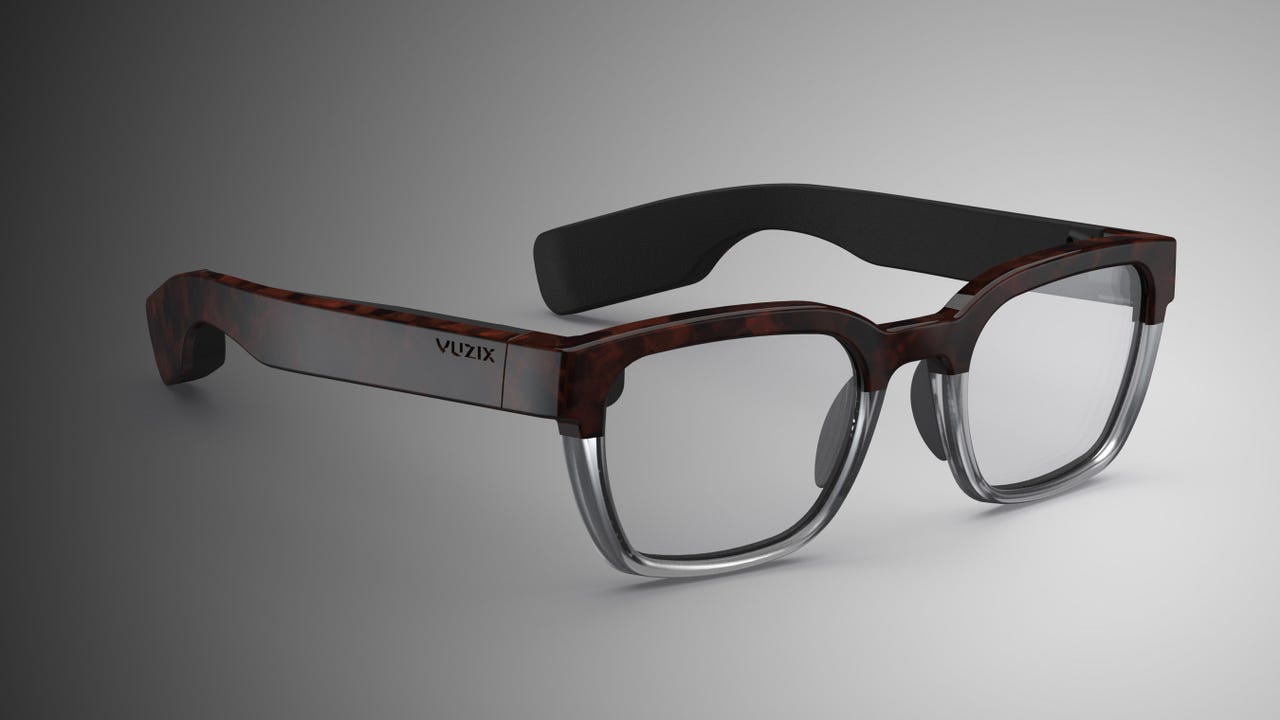LED powered AR glasses are the future (here's why)


A supplier of smart glasses and AR technology called Vuzix is manoeuvering for an edge in the brewing LED arms race that's gripped the AR market. The company has signed a series of agreements with Atomistic SAS, producer of next-gen μLED technology, to take try and take the lead in holographic microdisplays.
This is a trend story that's bound to impact consumer technology drastically. If augmented reality is going to outgrow its current awkward niche, the technology needs to get smaller and last longer on a single charge. That's why micro-light emitting diodes ("μLED") are such a big deal and are seen as a potential watershed.
ZDNET Recommends
"Being in the semiconductor industry specializing on LEDs and microdisplays for all these years, we have created countless solutions that have advanced the state-of-the-art; from the fundamentals of heterojunction physics to advanced displays in the LCoS and OLED fields," boast Atomistic founders Jonathan Sachs, PhD, and Jerry Woodall, PhD. "Working with Vuzix on advancing this leading technology where we have lived for our entire professional careers should result in one of the most advanced displays we have developed yet."
This kind of partnership is potentially a big deal for a very small reason. The wearable AR market needs ultra-small microdisplays that are high in brightness and efficiency, full-color, compact and scalable to support low-cost and high-volume manufacturing.
Also: NASA, Epic Games launch competition to crowdsource VR tech for Mars exploration
Keep in mind this is a market that many predict will ultimately be as large as the current smartphone market... if that is, AR smart glasses truly become the future mobile computing platform of choice. But small size and mass-market economics demand the most efficient display technologies. Direct view displays primarily use the same kinds of light engines in phones, AMOLED or LCD. But microdisplays, which overlay a holographic image over a transparent screen to allow a user to interface with a mixed reality world, rely on microdisplays, and μLED technology is clearly the future.
Atomistic says its technology solves some key challenges for these devices, such as emitters for red, green and blue spectral wavelengths based on a single structure and transferred to a CMOS backplane. The result is high brightness and efficiency at small pixel pitches.
"The developed solutions will be used in Vuzix's own products and, in the future, μLED displays coupled with Vuzix advanced high-volume waveguides will be offered globally to third-party OEMs for use in their AR glasses," said Paul Travers, President and CEO of Vuzix.
For now, Vuzix is signaling the agreements with Atomistic will precede a full-on acquisition, an indication of just how important this technology is to the future of Vuzix's display ambitions.